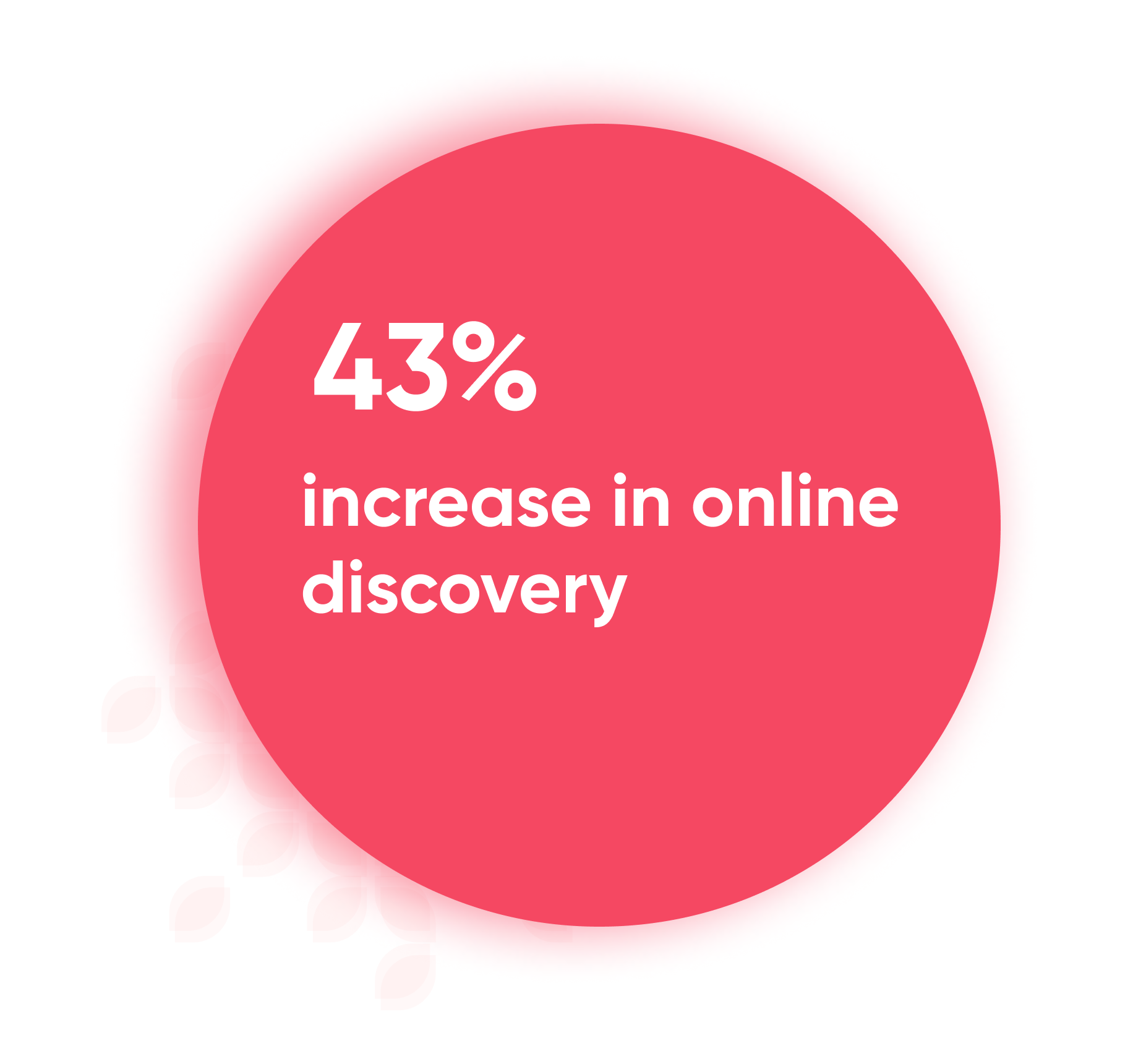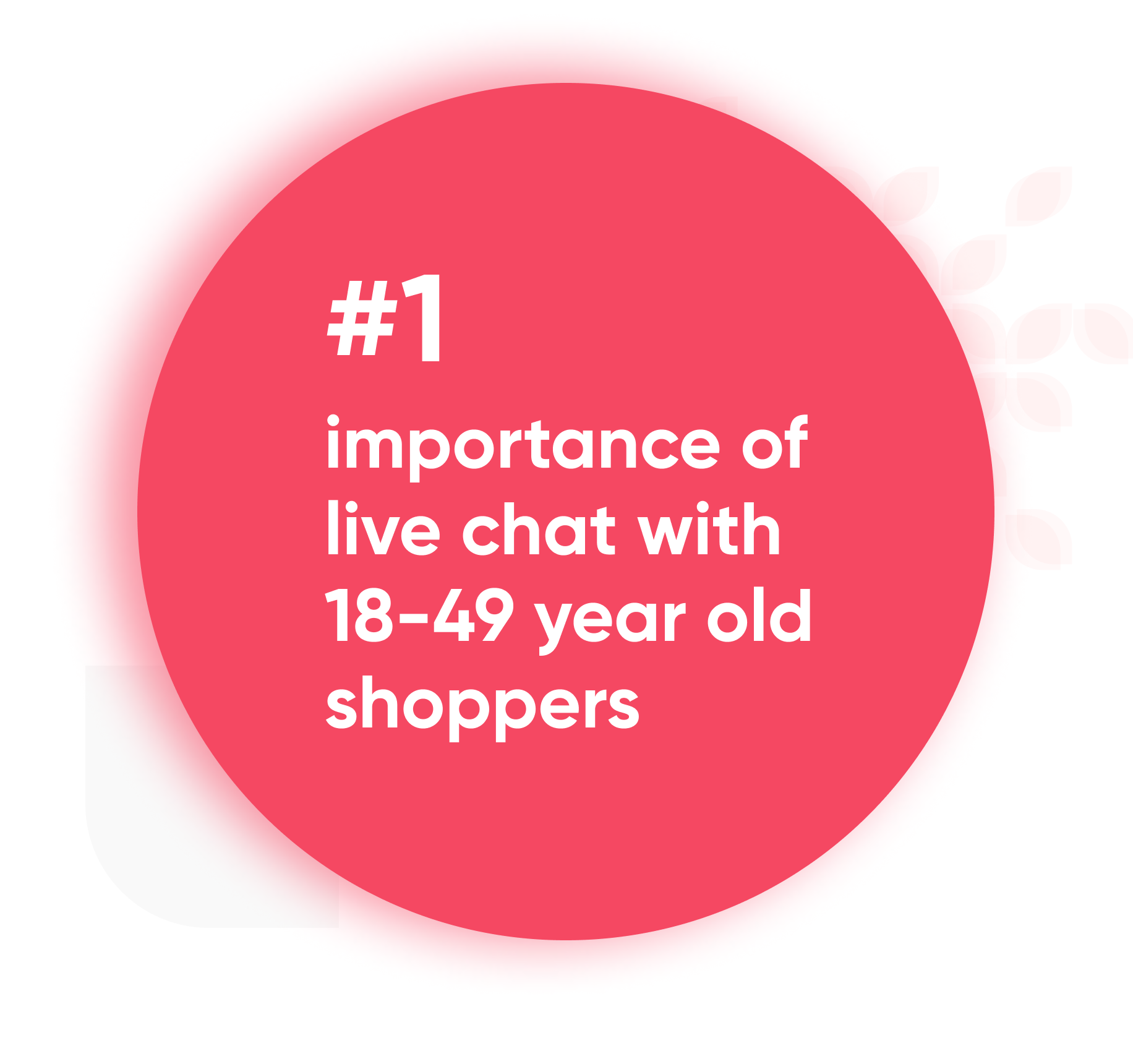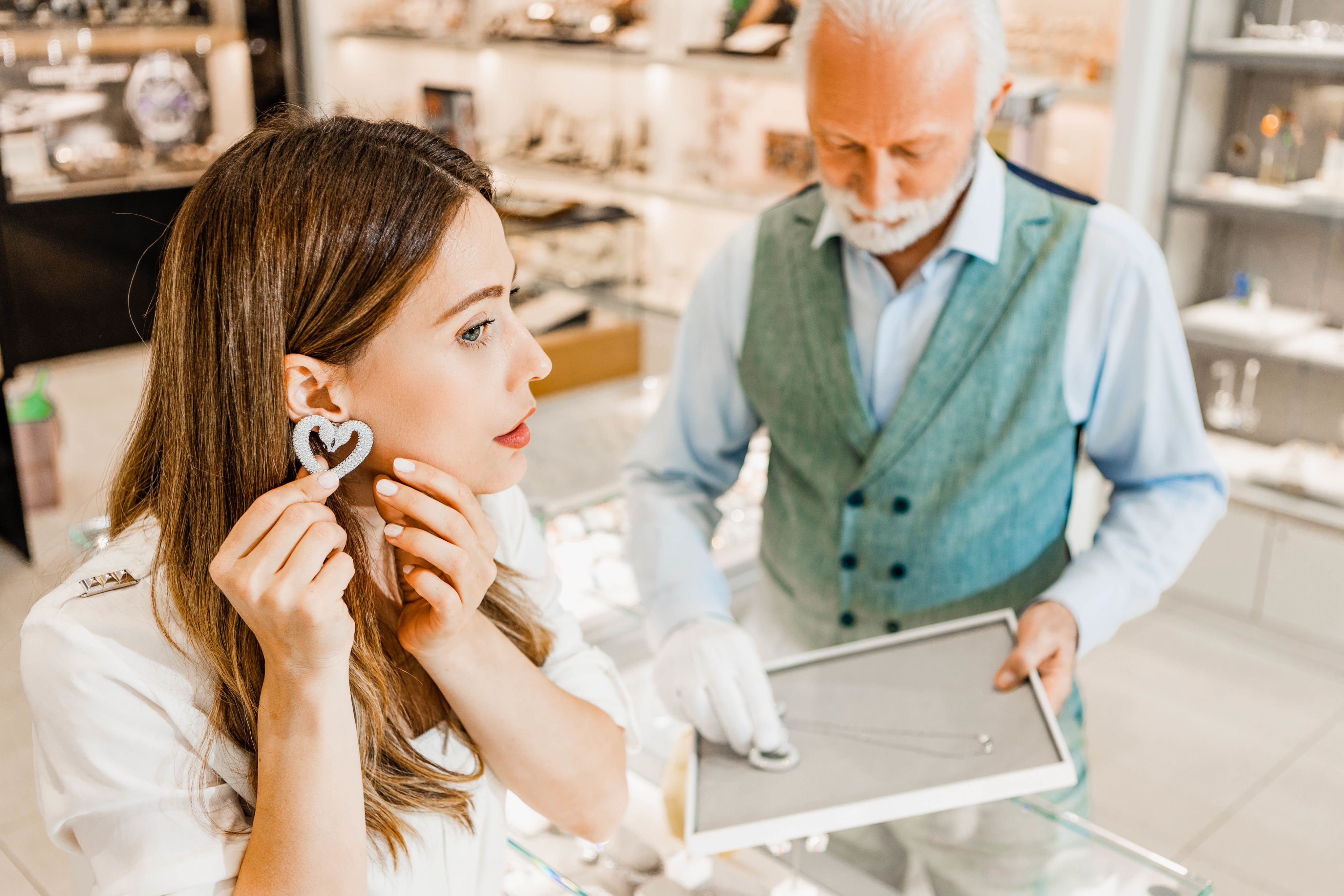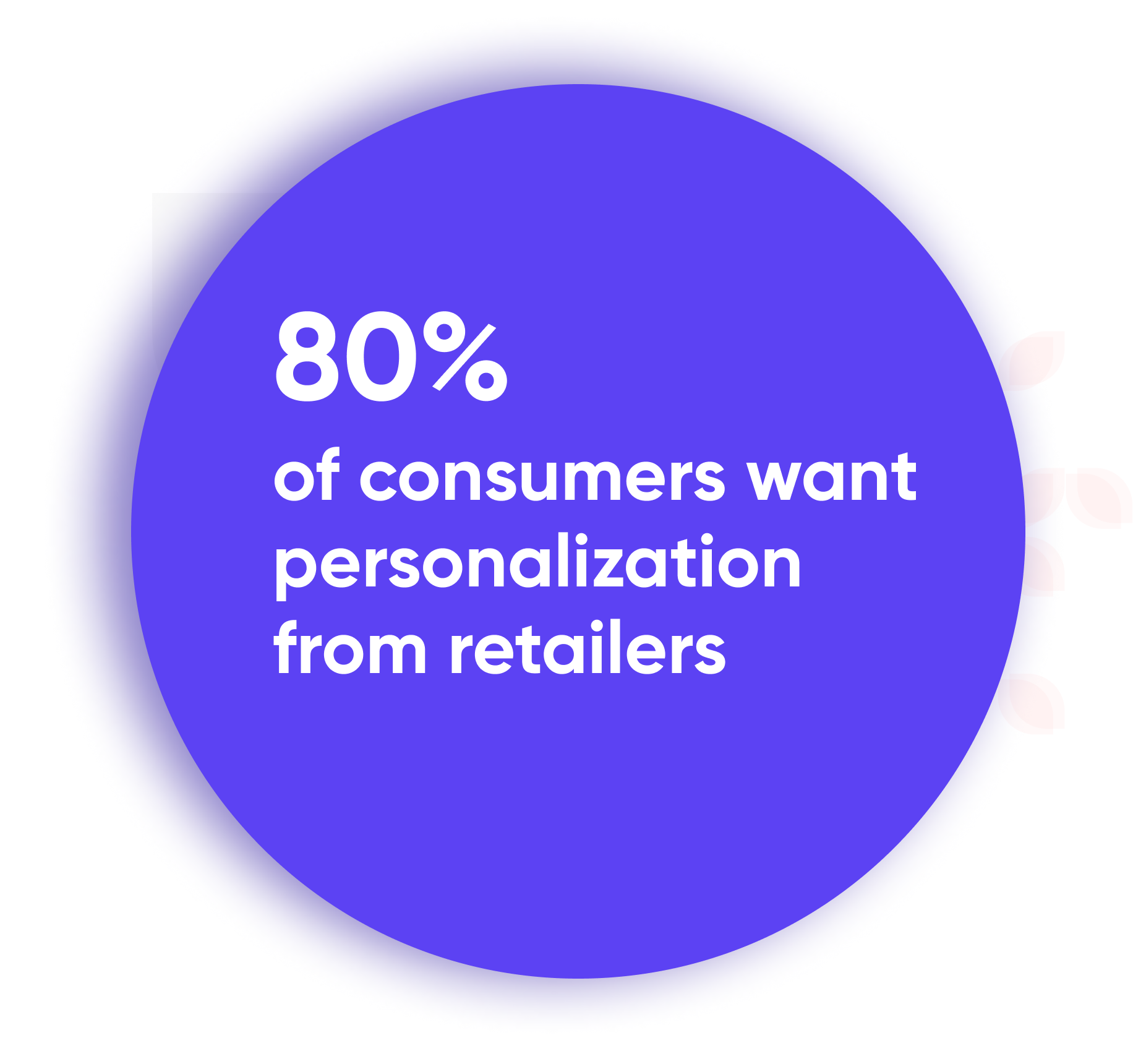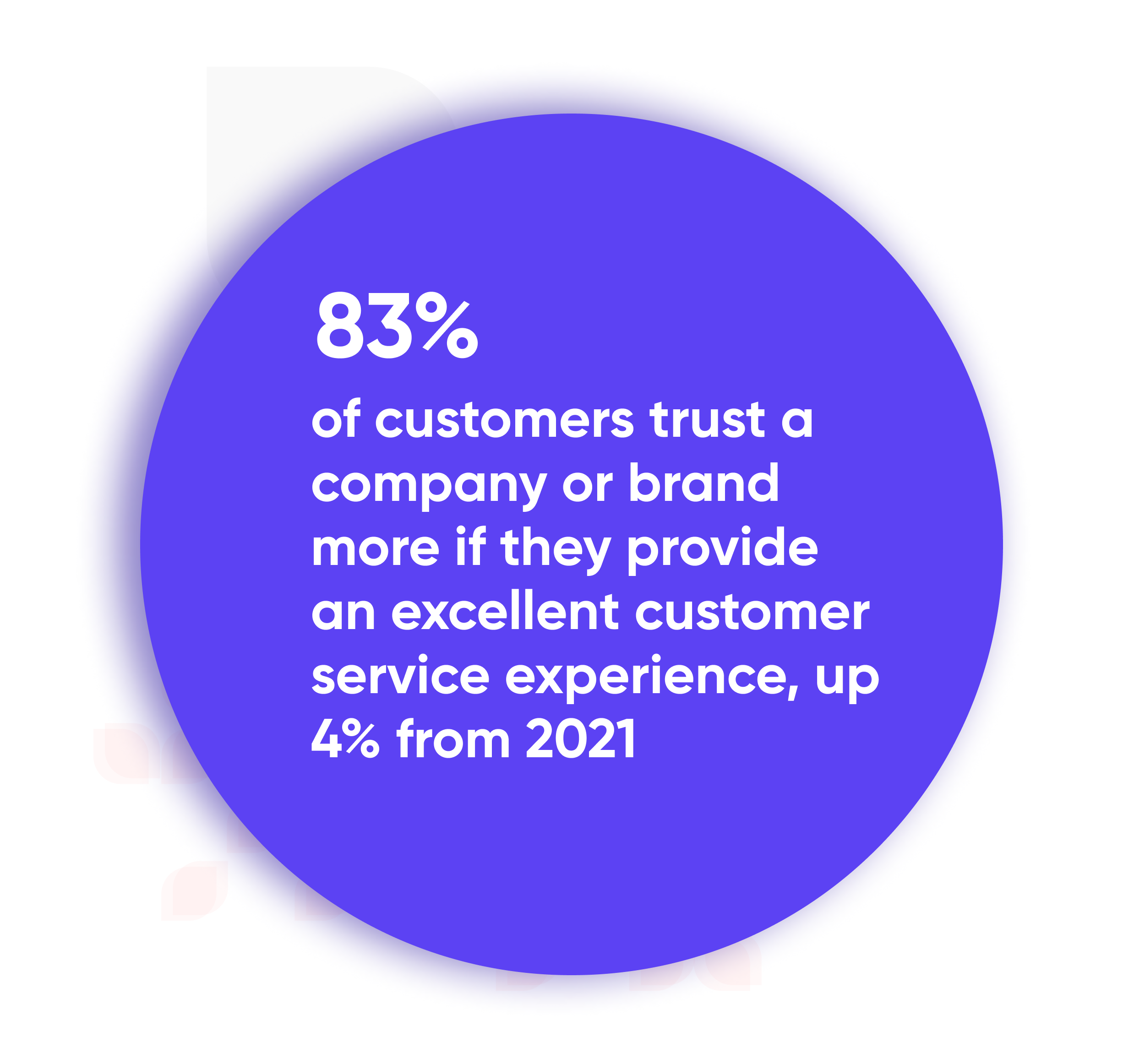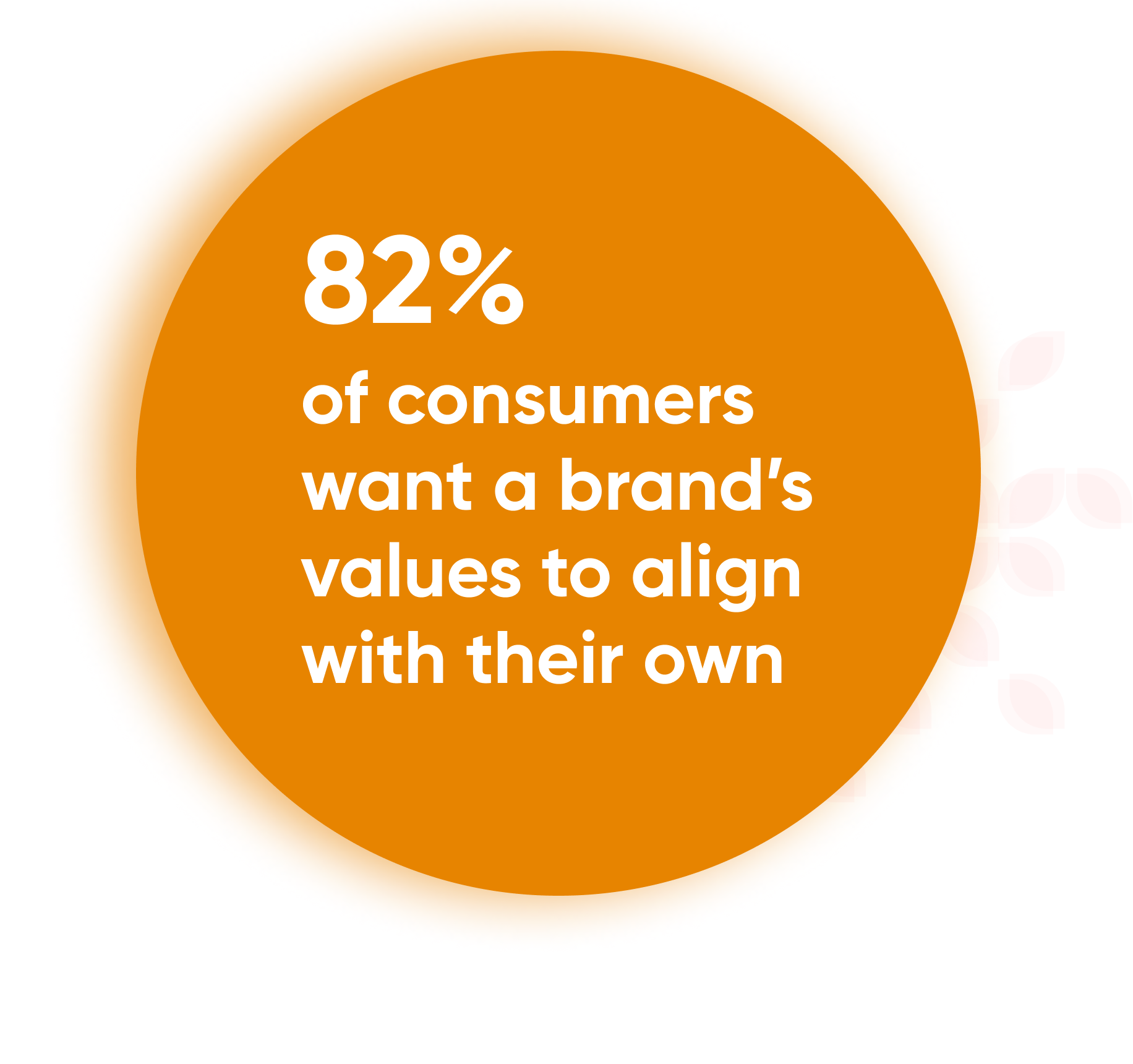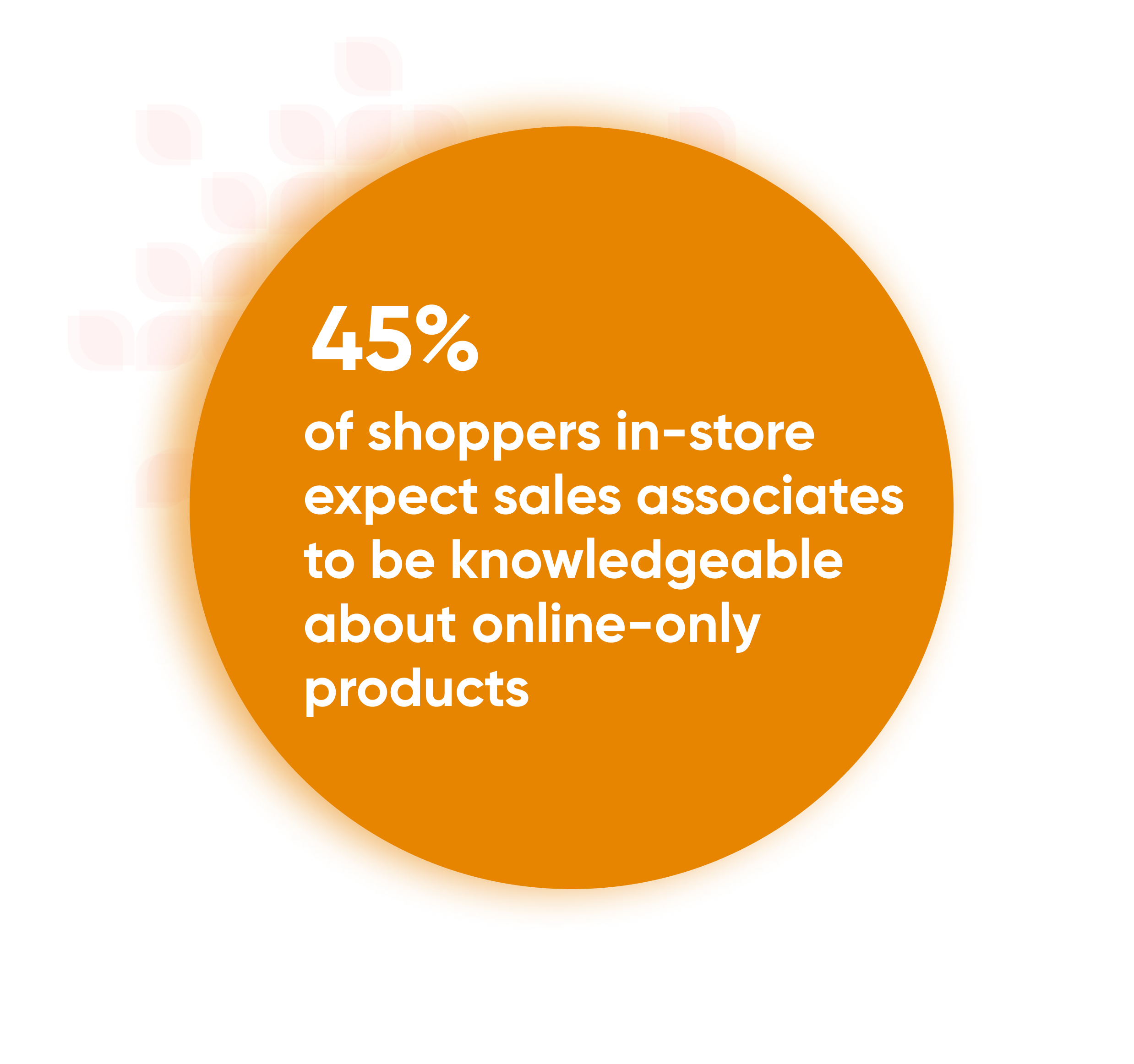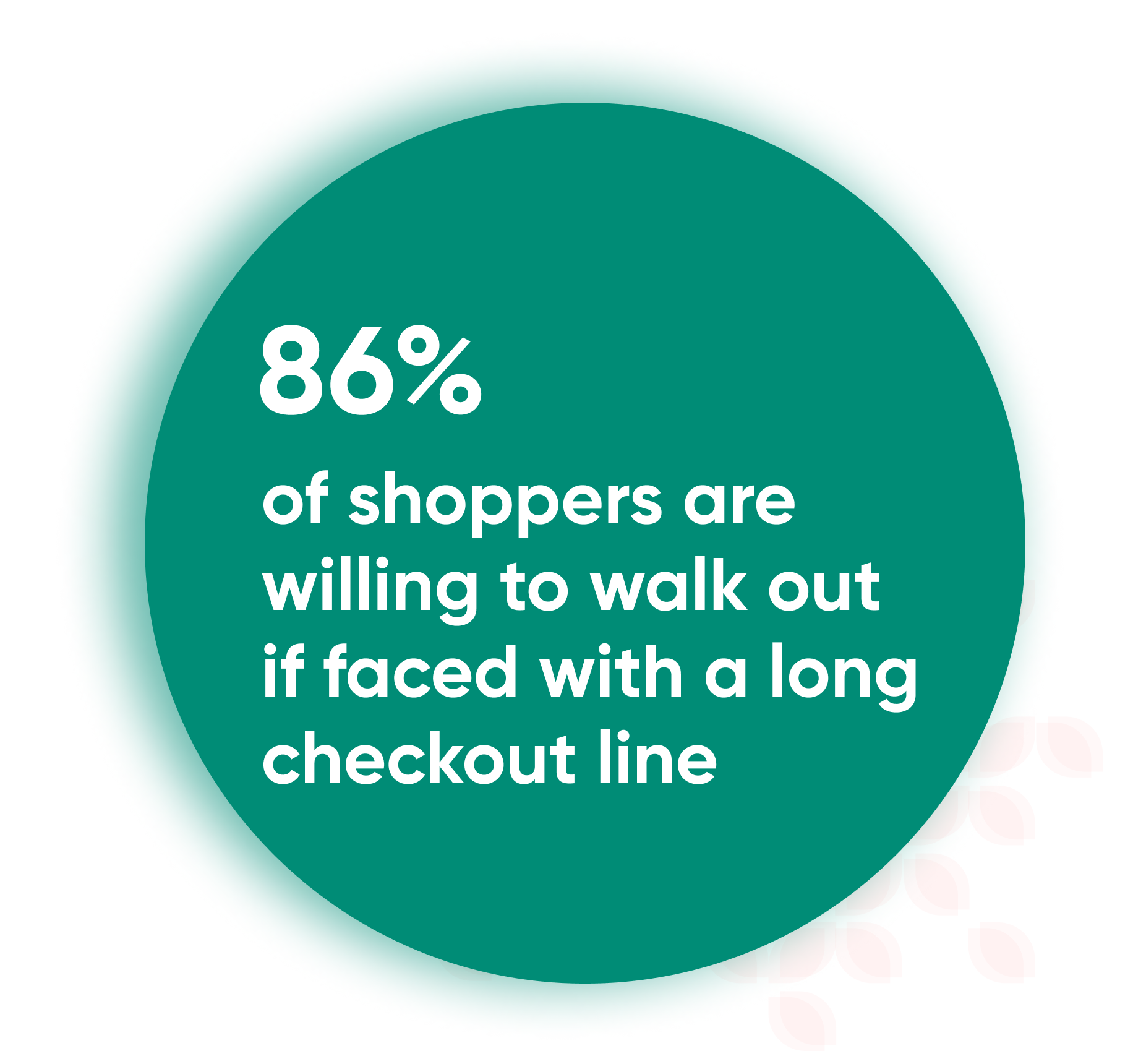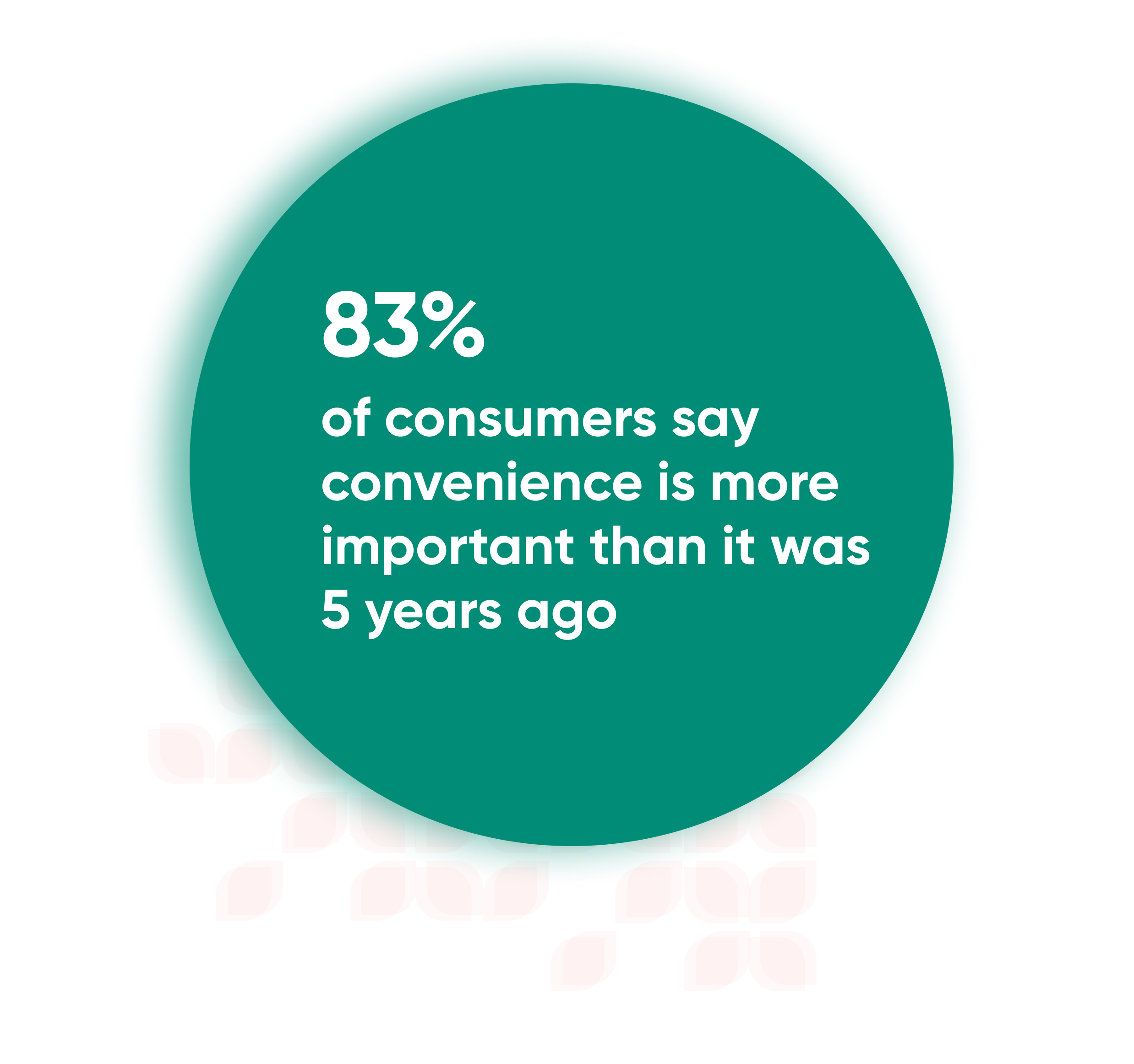
The Interconnected store:
A retailer's guide to building a seamless omnichannel experience

Customers expect a channel-less shopping experience. Despite this, only 35% of retailers consider their omnichannel strategies when making store decisions. The landscape of retail is shifting faster than ever before, and in order to support growing customer demands, retailers must change with it. The model for this interconnected store needs to be based heavily on the ideal customer journey from discovery to purchase to ensure a seamless experience that leaves them hungry for more.
What’s interesting is that even in this digitally-connected world, store associates still play a critical role. Serving as a guide, they’re able to help the customer through a web of channels and often make the difference between an anonymous one-time shopper and a loyal customer.
Here’s how this looks across four key stages.

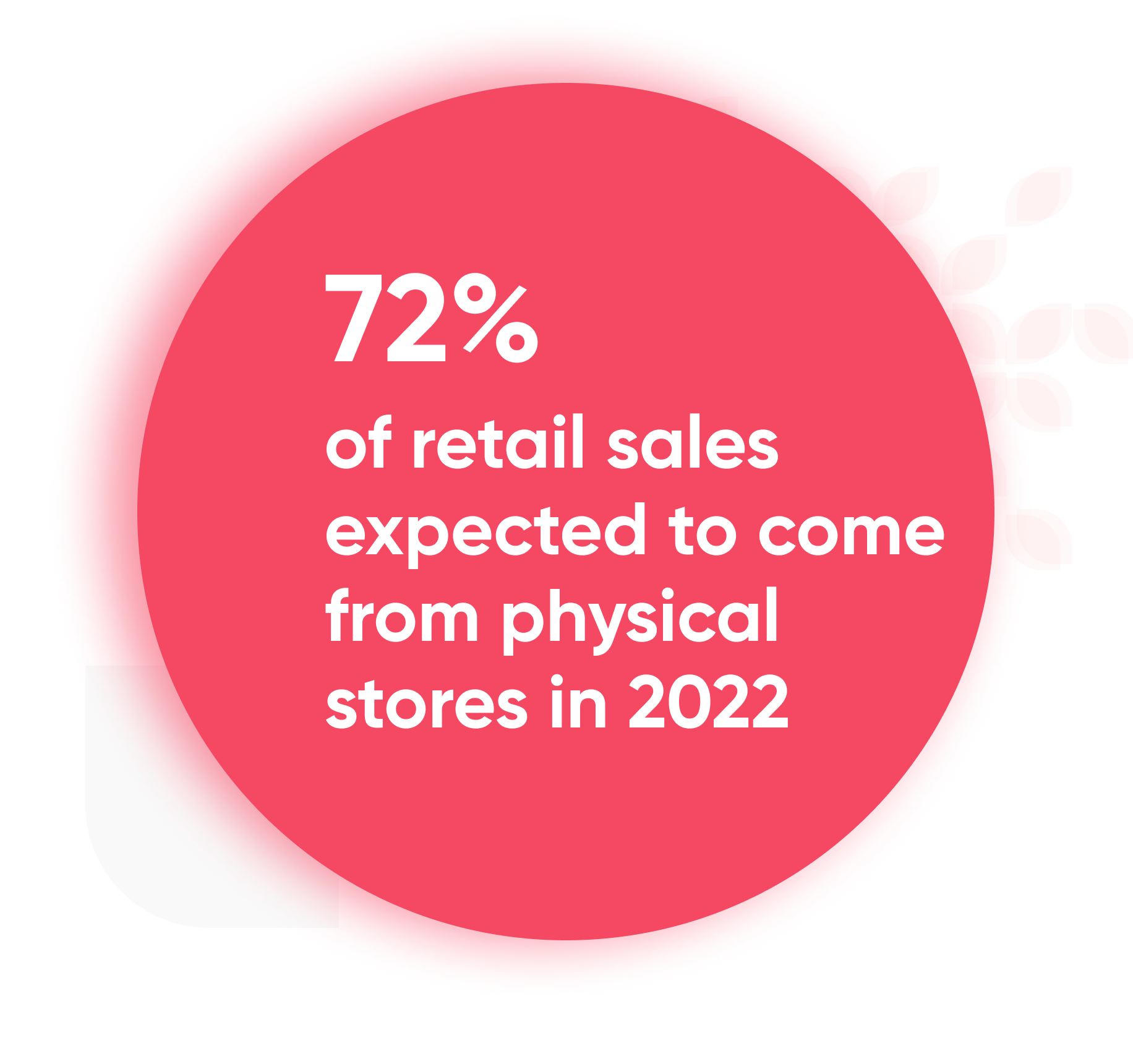
Changing Channel Preferences
The retail ecommerce boom of 2020 facilitated the evolution of consumers’ social and technological habits across the globe including how they discover, research, and purchase products. Now, with the world coming back online, the ecommerce trend is steadily falling due to the reemergence of the physical store. In the US alone, ecommerce sales dropped from 16% to 13% of total retail sales from Q4 2020 to Q4 2021. A study from Forrester predicts that this trend will continue to grow with 72% of retail sales expected to come from physical stores in 2024. This shift from the “new normal” signifies a growing demand by consumers for a seamless shopping experience from online to brick and mortar stores.
The interconnected customer journey
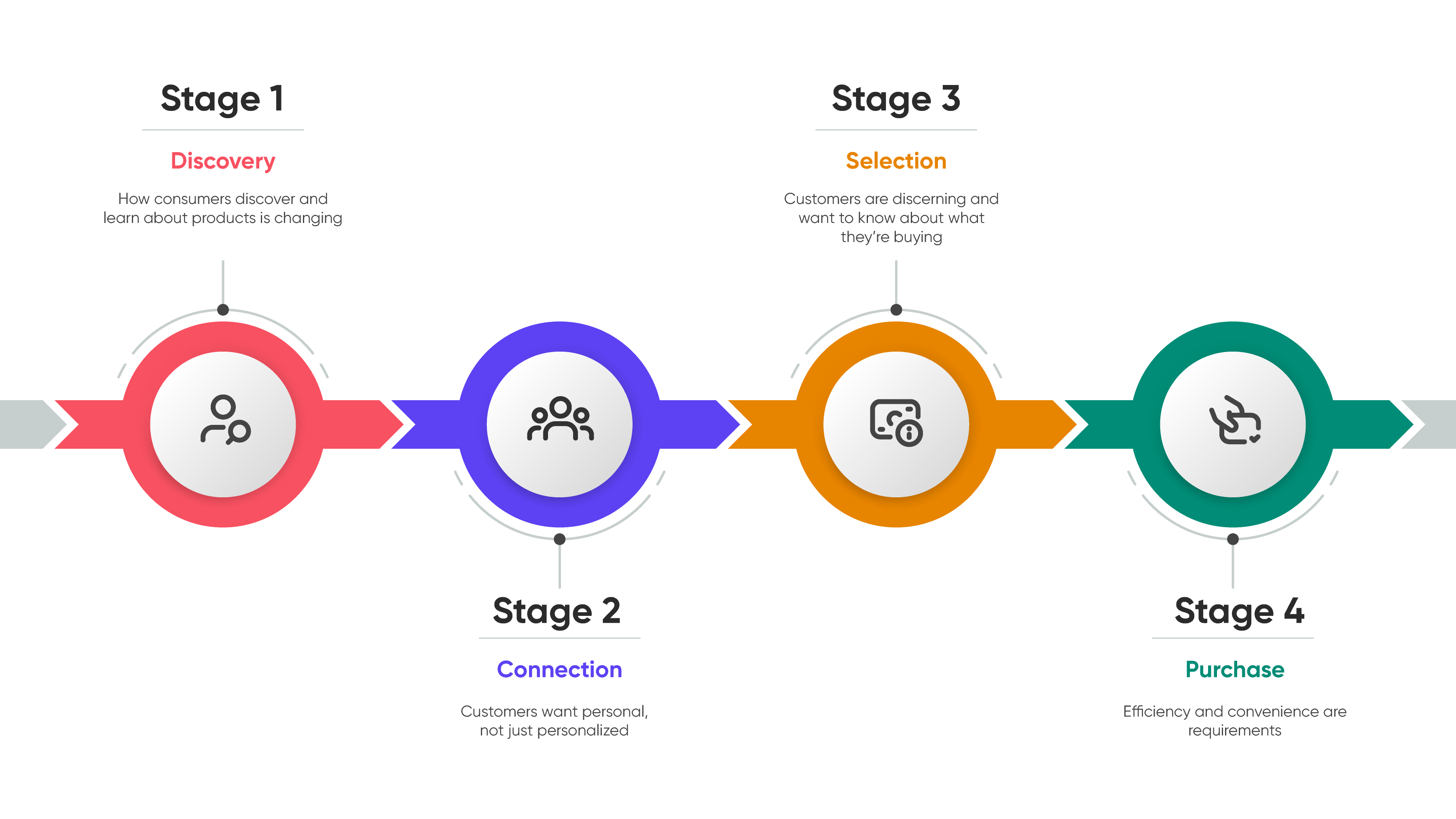
Stage 1: Discovery
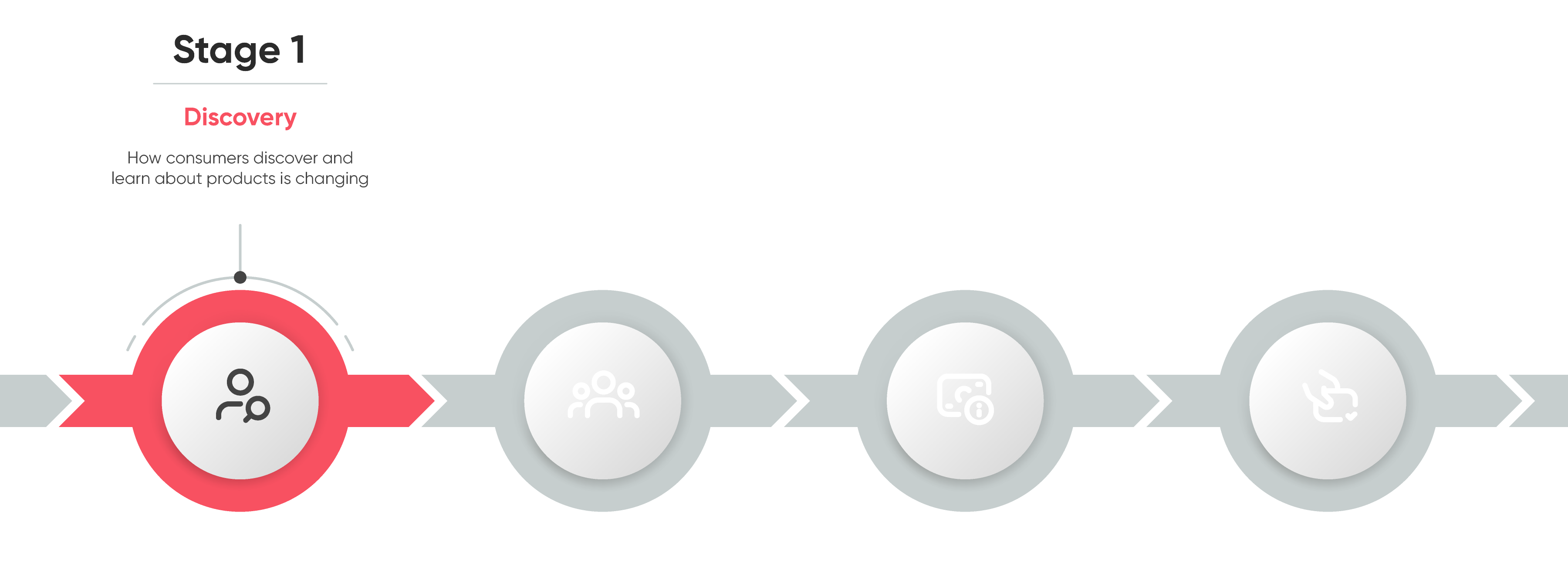
How consumers discover and learn about products is changing
Digitally empowered consumers have expectations for their online experience.
While we’re seeing the purchasing rates increase in physical stores, the discovery and learning phases are still largely occurring via digital channels. One third of consumers use social media and other online outlets to discover and learn more about brands and products. Since 2020, online discovery has increased by 43% and learning by 42%. However, just because browsing starts online, doesn't mean those customers should be left to fend for themselves, as many still desire interpersonal connection with associates.
Chatbots are the prominent mechanisms most companies use to satisfy this need, with the majority of companies utilizing online chatbot features by the close of 2020. But, even with these interfaces becoming increasingly mainstream, nearly half of consumers say they would prefer to interact with a live person. Top retailers are bridging the gap by connecting online shoppers with in-store associates, stylists, or experts to answer questions in real time and provide insights beyond what can be found on a product listing webpage. There is a major leap in connection with the customer when they can chat online with a real individual in their local store as opposed to trying to get answers out of a bot. This has really taken off for luxury customers in China, who have come to rely on WeChat to get information straight from associates and secure hard-to-find products.
Some customers are looking to make an immediate buying decision–and it’s important that retailers are able to properly credit the associate and the store for their roles in the sale. But especially when it comes to big purchases, many customers dive into their next stage of diligence first.
Stage 2: Connection
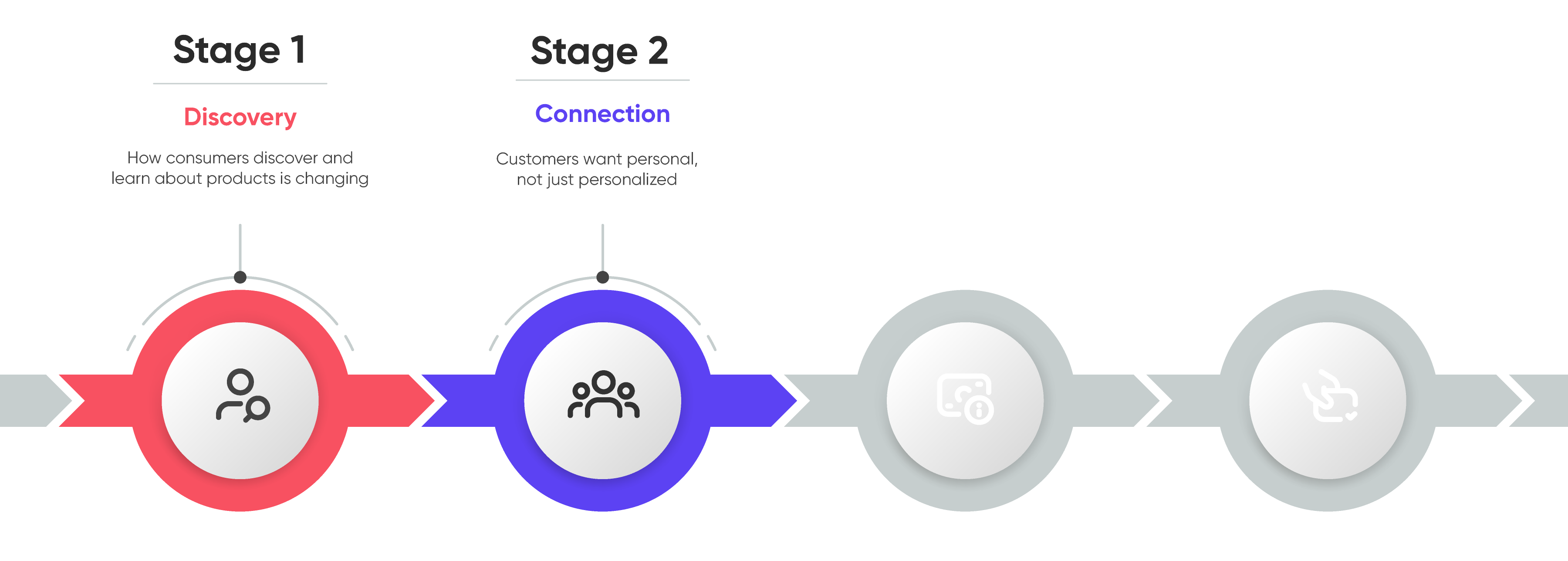
Personalization isn't just for ecommerce
The human touch is what forges a connection between the customer and the brand.
Despite the discovery and learning phases occurring primarily online, many consumers (particularly Gen Z) are making their way to the physical stores to complete their buying journey. No matter whether the customer is online, at their regular store, or at a new location for the first time, they want to feel seen and understood—and the human touch still goes a long way.
In the interconnected store, associates have 360-degree customer profiles that alleviate basic friction points (like re-entering an email address) and provide the associate with insight into the customer’s past purchases, preferences, and even online wish list. Associates can then act as personal guides for each client, offering tailored suggestions based on their individual preferences, their past purchases, even their online wishlist. In this way, customers begin to see the retailer as a trusted advisor, and not just a vendor.
For leading retailers, it’s not just about a single visit, but rather the ongoing relationship between customers and the brand as a whole. Luxury brands have been fostering relationships between associates and customers for years, but now other verticals are starting to take notice and are replicating the model in a more approachable way. Instead of building 1:1 relationships between a single customer and associate, many brands are making the experience personal at scale by taking a more team-based approach. Maybe it’s a quick text to follow-up after a big purchase or an email to a group of customers with similar taste.
No matter the format, that more personal experience gives customers a sense of recognition and understanding from the brand, which helps build customer loyalty and can cut significant costs on mass marketing initiatives. A recent McKinsey report found that multi-channel personalization can increase revenue and retention by 10-15% and cut marketing costs by up to 30%. It seems like a no-brainer but only 15% of retailers have fully implemented personalization across channels.
Stage 3: Selection
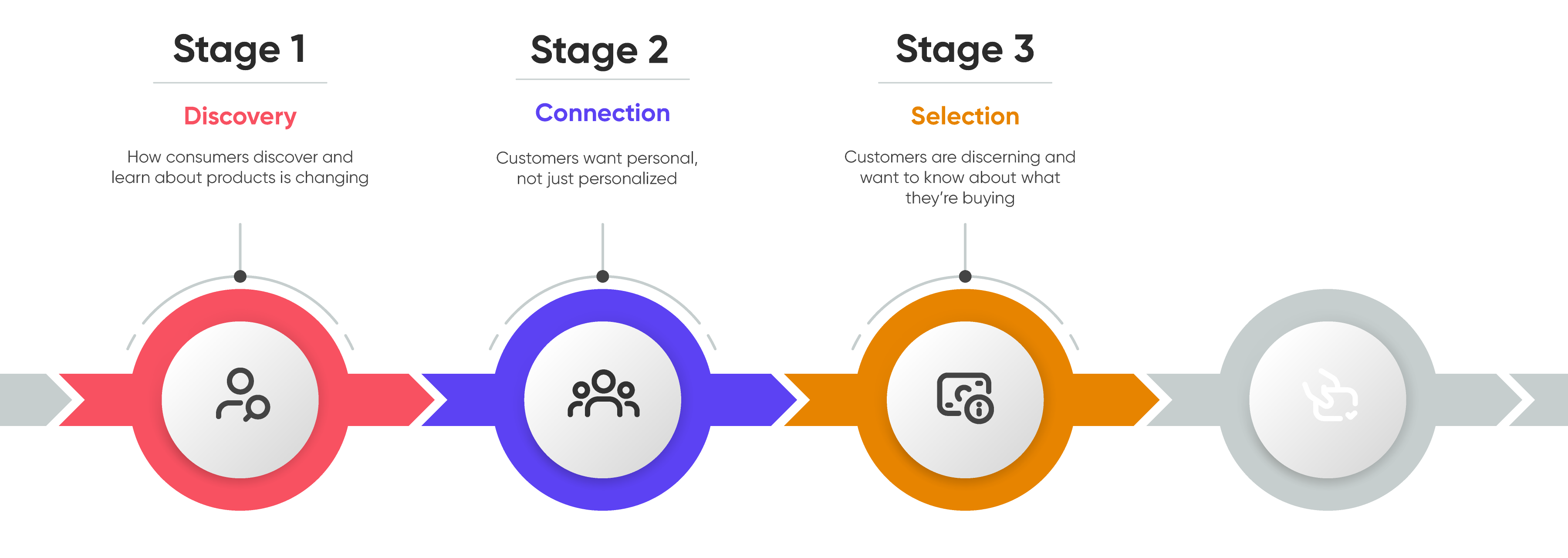
Customers are discerning and want to know about what they're buying
Associates need to be ready to dive deep into product details and find hard-to-get inventory.
Customers are incredibly well informed. Even while in-store they can reach into their pocket and find out where a product is made and which locations have it in stock. Associates need to be able to match, and ideally exceed, this level of insight.
Rather than rely on memorization, modern retailers put a vast amount of company, product, and customer information at the associates fingertips. Historically, this meant memorizing a massive knowledge book and keeping their own binders filled with notes–today, market leaders do all of this digitally through a simple mobile app. Beyond the basics, top retailers are also giving associates access to multimedia-supported stories about where products come from, how they’re used, and what pairs well together. In this way, associates are able to mimic the instant information availability of ecommerce but with an added human element. Today, the majority of customers are becoming conscious consumers who actively seek out brands that embody their ideals on social, environmental, and even political issues. Three-quarters of customers are willing to part ways with a brand (yes, even a favorite) if they find the values don’t align, or they are unable to decipher the brand’s stance. Consistently communicating a brand’s values, what actions they’re taking, and information on how they source and create products is becoming more critical than ever before.
It’s not just about explaining products, associates also need to be able to access them, which is increasingly difficult with modern supply chain issues. Out-stock and other inventory issues could end up costing US retailers alone between $9B and $17B in lost revenue. Truly interconnected stores get around these challenges by making an entire network of inventory available from anywhere. Online shoppers can access in-store inventory from online while brick and mortar customers can purchase products from other locations or online right from the store. This omnichannel approach helps to smooth the current market friction for both retailers and shoppers.
Stage 4: Purchase
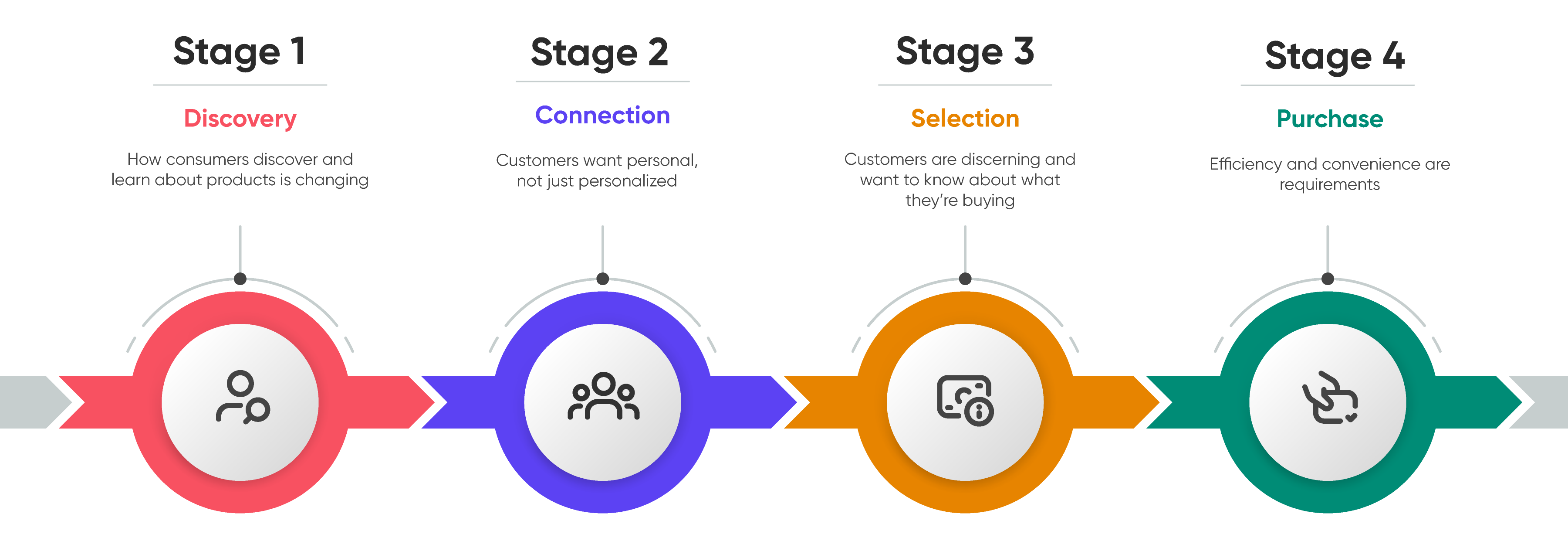
Efficiency and convenience are requirements
No matter how personal and informative, customers will walk if the process isn’t efficient.
When it comes to actually making a purchase, efficiency is paramount. Whether a shopper wants to spend time browsing or just needs to get in and out quickly, they don’t want to spend time waiting for service or handling the administrative parts of shopping.
Beauty counters have been getting around this challenge by allowing customers to pre-book appointments for as long as anyone can remember. Apple followed suit with their Genius Bar, and since then many other retailers have started to offer this option. It’s especially helpful for more involved purchases that require long store visits or specialist in-store knowledge. For simpler purchases, BOPIS (buy online, pick-up in-store) has become a favorite across retail verticals, with over a third of customers choosing click-and-collect at the beginning of this year. What makes BOPIS particularly attractive is that beyond offering speed and convenience, it also contributes to a higher LTV with 85% of BOPIS customers making additional in-store purchases at pick-up.
Interconnected stores make it easy for customers to checkout. They know that customers are used to one-touch ecommerce checkout and the analog should feel just as smooth. Long line ups have traditionally been a major hurdle, as they make customers rethink their purchases with 86% willing to walk out instead of waiting.
A busy store is a good thing, but only if associates can handle it without compromising the experience. In the interconnected store, associates can check customers out from anywhere, call for products with a single touch, instantly access inventory information, and handle multiple baskets at once to keep customers flowing through smoothly. Mulberry, the UK luxury retailer, has run with this concept and redesigned their stores around the modern customer experience with mobile checkout, click and collect, and start-to-finish efficiency for both the customer and the associate.
A customer will abandon a brand after three bad touchpoints. Smooth and efficient processes might not be a reason to choose a brand, but there is a major cost to neglecting this element of the experience.
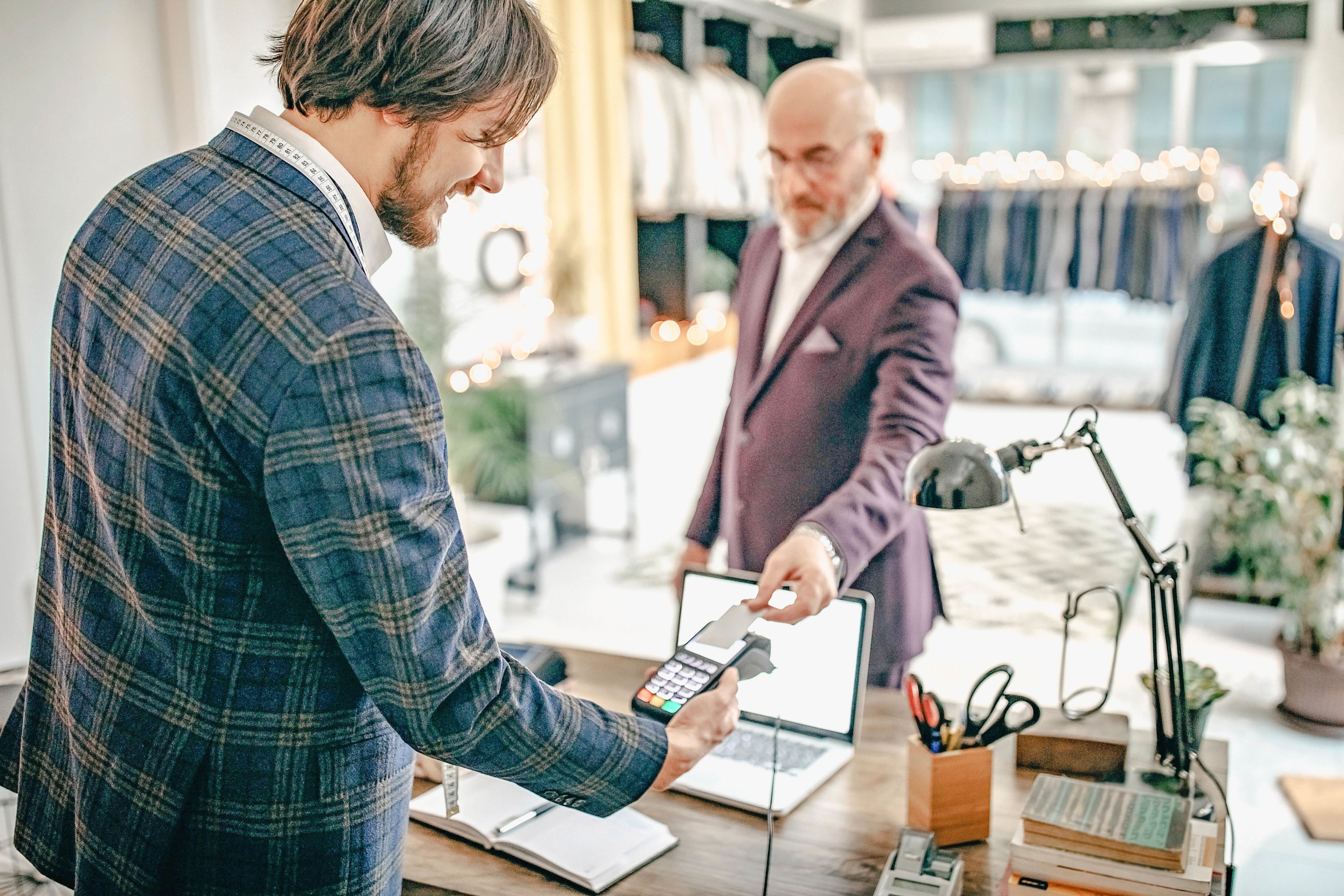
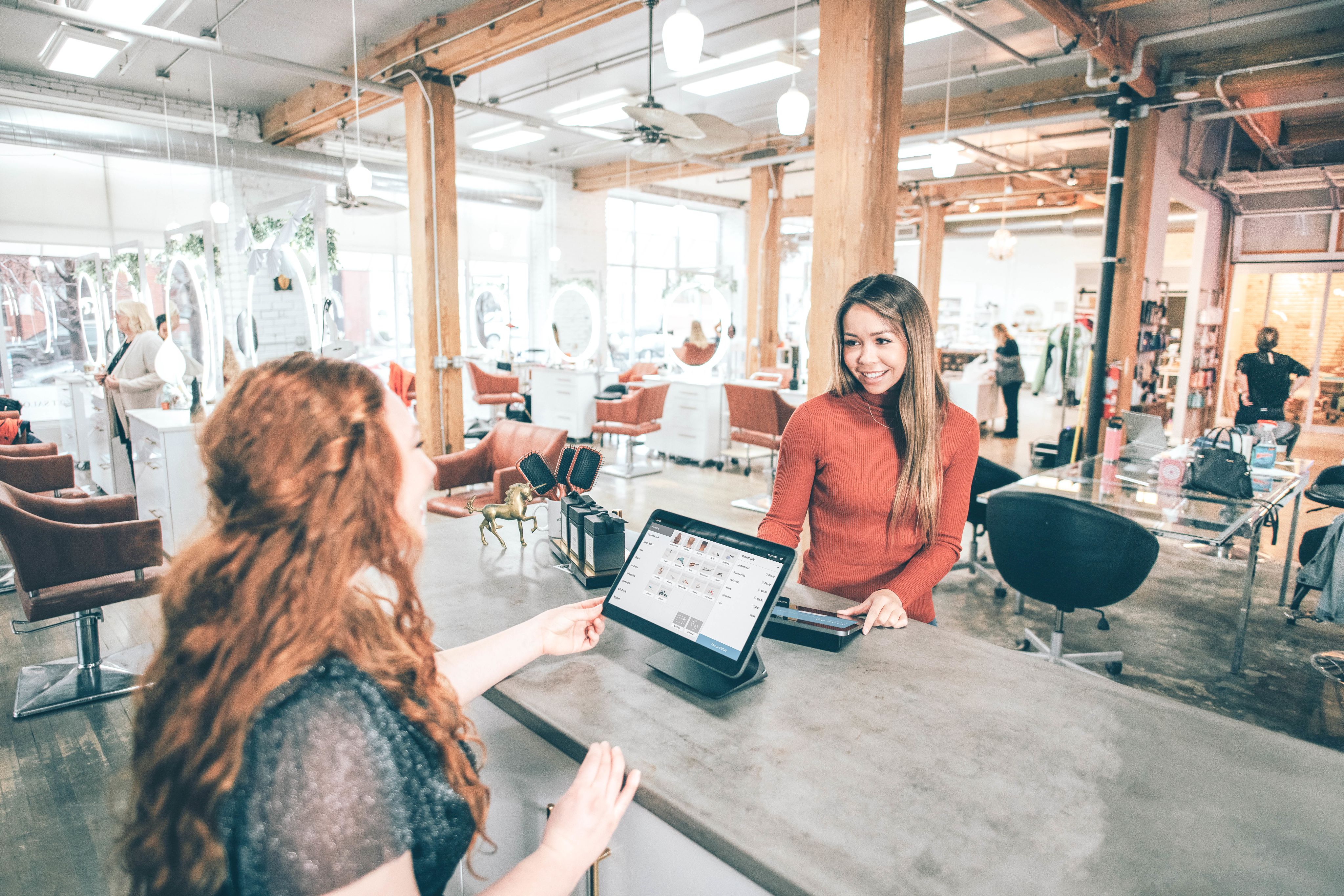


Connecting the dots
The landscape of retail is shifting rapidly. We went through an unparalleled boom in ecommerce sales, followed by a swelling appetite for physical retail and in-person experiences. In order to support the ever-changing customer behaviors and expectations, retailers must change the way they operate by creating thoughtful multi-channel strategies that cater to a full omnichannel customer journey.
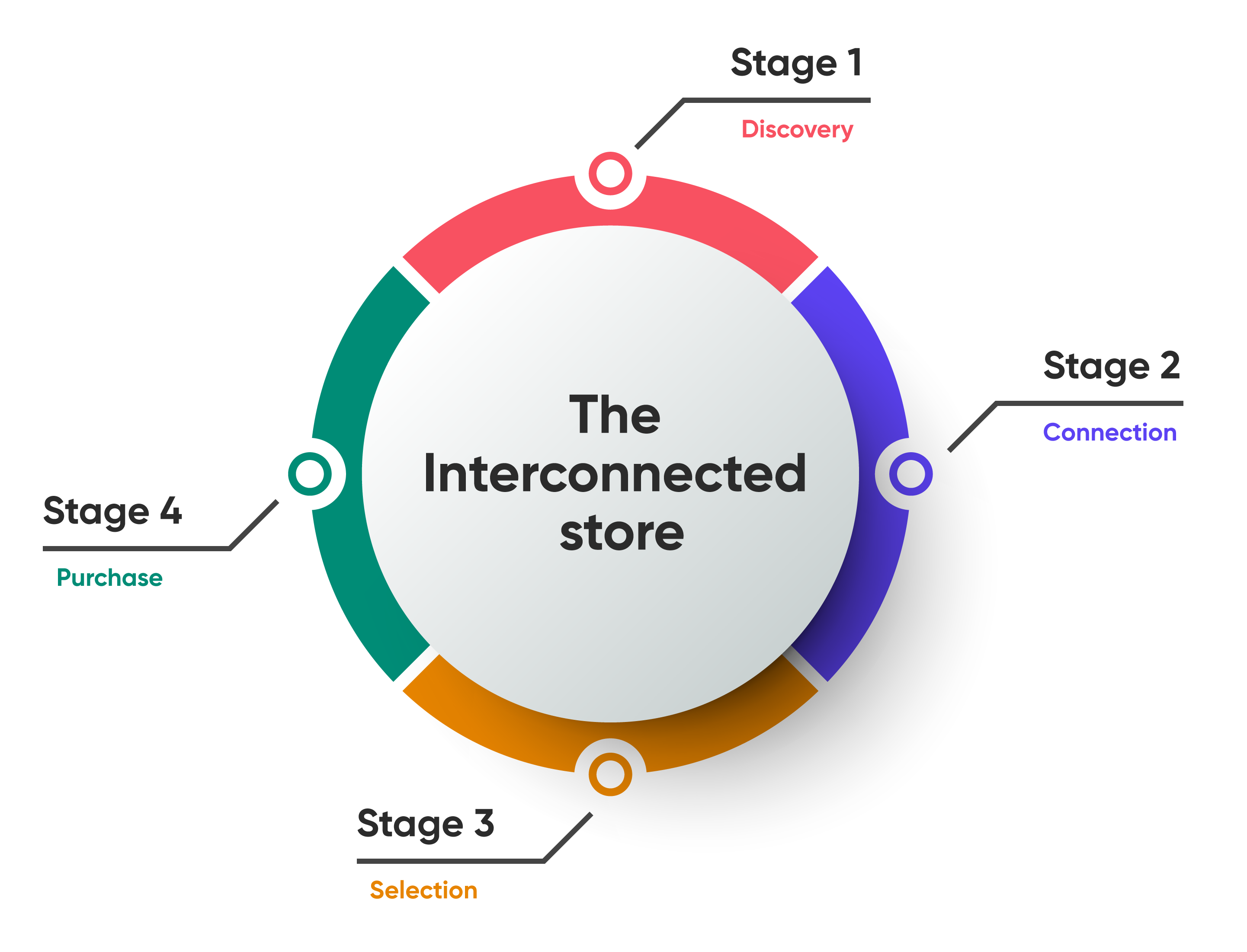

About
Tulip provides a suite of cloud-based solutions that let retailers overcome industry challenges and set a new standard for omnichannel commerce. Partnered with Apple and Salesforce, Tulip equips sophisticated retailers to build connections with customers, fulfill orders, checkout purchases, and optimize operations in order to create the end-to-end experience modern customers expect. Leading retailers like Mulberry, Saks Fifth Avenue, Kendra Scott, Kate Spade, COACH, and Michael Kors use Tulip to elevate the shopping experience, increase sales, and improve customer service across channels.
